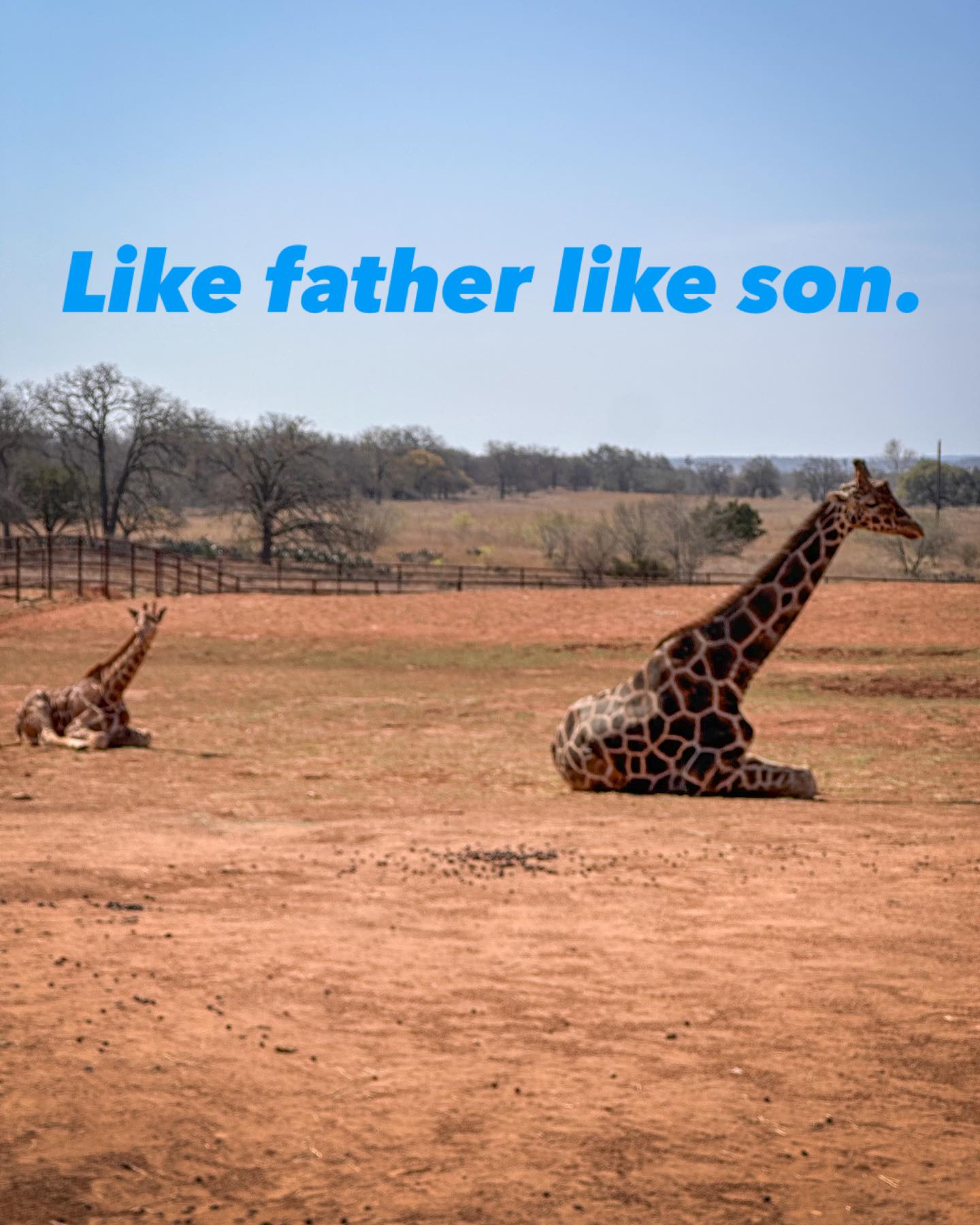- The bond between Indy and Kafele: A glimpse into giraffe behavior and anatomy
- The importance of sunshine and seasonal change for giraffe health and well-being
- The role of zoos in animal welfare and conservation education
- Wildlife conservation efforts focusing on giraffes and their habitats
- The significance of public engagement and education in conservation efforts
A warm afternoon captures a delightful scene where Indy and his father, Kafele, bask in the spring sunlight. This moment isn’t just a testament to the serene connection between parent and offspring but offers insights into giraffe behavior and zoological management. Giraffes, the tallest terrestrial animals, captivate audiences with their towering presence and gentle demeanor. Understanding their behavior and the environmental conditions that nurture their well-being is crucial for their conservation.
Giraffe Behavior and Anatomy
Giraffes are fascinating creatures, known for their unique physical characteristics and complex social structures. Indy and Kafele, like many giraffes in the wild and captivity, exhibit a bond that is central to giraffe society. Social bonds in giraffes are usually formed based on kinship and are essential for the survival and social structure within herds. These interactions help form alliances that can aid in protection and resource sharing.
From an anatomical perspective, giraffes possess several adaptations that are crucial for their survival. Their long necks, for instance, are supported by a specialized cardiovascular system that regulates blood flow to avoid fainting when bending down to drink water. While often assumed to have more vertebrae, giraffes actually share the same number of cervical vertebrae as humans; however, each is much elongated. This unique anatomy not only helps them browse foliage beyond the reach of other herbivores but also plays a role in social interactions known as "necking," where males spar by swinging their necks to establish dominance.
Sunshine, Seasons, and Giraffe Well-Being
The significance of sunshine and seasonal variations extends beyond providing comfort. Exposure to sunlight plays a critical role in the synthesis of Vitamin D, essential for bone health and overall well-being in giraffes. As they enjoy the spring sun, animals like Indy and Kafele absorb sunlight, promoting a cascade of physiological benefits. Seasonal changes also affect food availability in the wild, with giraffes migrating to follow the rains and the growth of their preferred acacia trees.
In a zoo setting, seasonal changes necessitate careful planning in diet and habitat design to mimic natural conditions as closely as possible. This includes providing a variety of browse material that reflects the dietary shifts giraffes experience in the wild. Zookeepers and veterinary teams work diligently to monitor nutritional intake and general health, adjusting management practices to support the animals’ natural behaviors and needs.
The Role of Zoos in Animal Welfare
Modern zoos play an invaluable role in animal welfare and conservation. They serve as crucial sanctuaries where endangered species can be protected and bred under controlled conditions. For giraffes, zoos provide an environment where comprehensive care is given, from nutrition to medical treatments. Furthermore, animal enrichment programs are designed to stimulate their minds and encourage natural behaviors, essential aspects of their welfare.
By offering educational programs, zoos raise awareness about wildlife conservation. Visitors experience firsthand the majesty of animals like Indy and Kafele, fostering a connection that inspires conservation action. This education extends beyond simple observation, as zoos create interactive and informative exhibits that explain the threats facing giraffes in the wild, including habitat loss and poaching.
Wildlife Conservation and Giraffe Habitats
Giraffes are increasingly threatened in the wild, with habitat destruction, climate change, and illegal hunting posing significant risks. Conservation strategies involve habitat preservation and restoration, often requiring collaboration between governments, NGOs, and local communities. Managing giraffe populations in captivity also contributes to genetic diversity and research that informs conservation efforts in the wild.
Reintroduction programs aim to boost wild populations and are meticulously planned to ensure success. These endeavors often involve the release of captive-bred giraffes into protected reserves where they can thrive without the pressures that endanger them elsewhere. Conservationists also focus on sustainable practices that support both people and wildlife, ensuring that local communities benefit from conservation efforts.
Public Engagement in Conservation
Public engagement is a cornerstone of successful conservation strategies. By educating the public about Indy and Kafele’s joyful moments under the sun, zoos and conservation organizations can highlight the importance of protecting giraffes and their habitats. Engaged citizens can become advocates for policies and practices that promote biodiversity.
This engagement is fueled by providing accurate, compelling information about the role of each species within their ecosystems and the global environmental impact of their decline. Initiatives like community outreach programs, school visits, and media campaigns are effective ways to reach a broader audience.
In essence, the charming scene of Indy and Kafele enjoying the spring sunshine is more than a cute moment; it speaks to the intersection of zoology, animal welfare, and conservation. By understanding and supporting such interactions, we contribute to a greater effort that aims to safeguard the future of not only giraffes but the biodiversity of our planet. A collective commitment to education and conservation ensures that future generations continue to witness the beauty and complexity of wildlife.
*****
Source Description
A cute moment with Indy and his dad Kafele enjoying the spring sunshine. ☀️ 🦒


